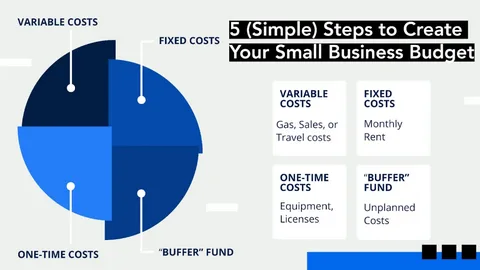For many small business owners, relocating marks a fresh start — a chance to expand, cut costs, or move closer to customers. But along with the excitement comes financial responsibility. Without a clear plan, relocation expenses can spiral out of control, creating stress instead of opportunity. Building a budget is the most effective way to protect your business and ensure a smooth move. Just as understanding Flytt Priser helps individuals prepare for household relocations, small business owners benefit from knowing how to estimate, allocate, and control moving costs.
Why Budgeting Matters for Business Moves
Relocating a business involves much more than transporting desks and boxes. Costs can include lease deposits, technology setup, employee support, marketing updates, and more. Without a realistic budget, companies risk unexpected bills that eat into profits or disrupt operations.
Step 1: Assess the Scope of the Move
Begin by evaluating what needs to be moved and what can be left behind. Downsizing equipment or selling unused furniture reduces expenses. A clear scope sets the foundation for your budget.
Step 2: Identify Fixed and Variable Costs
Fixed costs include new lease deposits, moving permits, and professional fees. Variable costs cover items like packing materials, labor hours, and potential overtime. Separating these categories makes it easier to anticipate fluctuations.
Step 3: Request Multiple Quotes
Don’t settle for the first moving company you find. Request estimates from several providers to compare pricing and services. Transparency prevents overspending and gives you leverage to negotiate.
Step 4: Factor in Hidden Costs
Hidden expenses often catch business owners off guard, such as:
- Utility connection fees.
- IT setup and cabling.
- Insurance upgrades.
- Marketing updates (business cards, signage, website).
Accounting for these ensures your budget reflects reality.
Step 5: Work With Professionals
Relocation isn’t the time to cut corners. Partnering with an experienced moving team ensures efficiency, reduces risk, and saves money long term. Professionals handle heavy lifting, equipment disassembly, and transport, minimizing downtime and potential damage costs. Reliable movers often provide insurance coverage, giving you peace of mind.
Step 6: Build a Contingency Fund
Unexpected issues happen. Setting aside 10–15% of your total budget for contingencies ensures you can handle surprises without financial strain.
Step 7: Support Employees During the Transition
Don’t forget the human element. Providing stipends for commuting changes, meals, or temporary work-from-home setups adds to your budget but pays dividends in employee morale and retention.
Step 8: Plan for Marketing and Communication Updates
Moving means more than a new address — it’s a branding opportunity. Allocate funds for updated signage, announcements, website updates, and online listings. Clear communication ensures customers can find you after the move.
Step 9: Review Vendor and Supplier Agreements
If you rely on deliveries or regular service providers, update agreements with your new address. This may incur fees or changes in service areas. Include these potential costs in your budget.
Step 10: Track Spending During the Move
Use accounting software or spreadsheets to monitor expenses in real time. Tracking spending helps you stay on budget and identify areas where costs can be trimmed.
Common Mistakes to Avoid
- Forgetting to plan for IT and technology costs.
- Underestimating time-related expenses, like employee downtime.
- Failing to allocate funds for marketing and rebranding.
- Overlooking hidden fees from landlords or service providers.
Avoiding these pitfalls keeps your budget realistic and manageable.
Benefits of a Strong Relocation Budget
- Financial control: Prevents overspending and surprises.
- Business continuity: Ensures smoother operations with minimal downtime.
- Employee support: Budgeting for staff needs improves morale.
- Long-term savings: Professional movers and careful planning reduce costly mistakes.
Conclusion: Budgeting as a Business Strategy
Relocating your business doesn’t have to drain your finances. By assessing scope, planning for fixed and hidden costs, and working with professional movers, you can create a budget that protects your operations and supports your growth.
Just as detailed pricing guides help households anticipate moving expenses, a clear relocation budget helps small businesses manage the financial side of change. With preparation, discipline, and foresight, your move can be both affordable and transformative — setting your company up for success in its new home.


